A few weeks after my baby was born, as she was crying while waiting for me to feed her, I noticed a small bump near her belly button. I immediately panicked as I haven’t noticed it before with my older children when they were infants. I was scared to touch it, thinking that it might hurt her when I do.
A few moments later, when she was feeling calmer, I noticed the bump was significantly smaller, almost gone, which immediately calmed me down. A few days went by and I noticed the bump again when she was crying. It was protruding from below her navel just below where her baby diapers sit so I don’t always notice it. It’s soft to the touch, and it didn’t seem to bother her when I touch it gently. I realized the bump has always been there, it just protrudes more noticeably when she’s crying.

Like most moms, the first thing I did was leave a message for my doctor. I was anxious while waiting for her to call back so I Googled it. When I couldn’t find anything clear about what it is, I started asking around and posting questions at online mom communities in case other moms out there have an idea what it is. Since my daughter does not seem bothered by it, I didn't think it was an emergency situation, but I was still very much stressed and worried. Our physician finally called us back. After a few questions, and seeing photos of the bump, she told me it could be an umbilical hernia.
Being aware of what a hernia is among adults, I was scared of the pain that my daughter must be feeling. But our doctor eased my anxiety by telling me that umbilical hernia is not painful for babies and it's not something of immediate concern. After the doctor has seen her and some tests, her condition was confirmed.
What is Umbilical Hernia?
Basically, an umbilical hernia is a hole in the baby's abdominal muscles that did not close after the umbilical cord has healed. As a result, part of the baby's intestines sticks out through the abdominal muscles causing a bulge around the belly button. It is often found near the belly button or exactly where the navel is, causing it to stick out like an “outie”. Failure of the muscles to join together after birth as the opening from the umbilical cord heals is the cause of umbilical hernia. This is observable shortly after birth or later in the baby’s life. It is estimated that 10%-30% of babies develop umbilical hernia but that prevalence decreases to 2%-10% at age one. What causes the failure of muscles to close is still unknown but some risk factors have been identified which include premature birth and low birth weight. Ethnicity may also play a role as it has been seen to be more prevalent among black babies.
The only symptom I observed in my baby was the swelling or bulge near her navel just under where her diapers sit. My doctor’s advice was to leave it as it normally heals until my baby is 5. It could be an emergency if I observe signs of pain, vomiting, tenderness, or discoloration where the bulge is. Fortunately, none of these has happened to my baby.
The Thought of Needing Surgery

Since umbilical hernia typically heals on its own, we decided to wait and see whether the bump grows or heals in time. Surgery is often recommended if the bump is painful, it is larger than 0.5 to 0.75 inches, it doesn't decrease in size within 2 years, or it blocks or impacts the intestines.
While we are waiting to see if the bump goes away on its own, I was always observant of anything that could be wrong. After all, 80% of umbilical herniae in infants heal at the age of 3 or 4 but there is still a 20% chance my baby might need surgery to correct the condition.
Some of the things I ask myself regularly to monitor my daughter's condition include:
- Is her belly getting bigger? Apart from the normal growth of her belly, I always check if it grows abnormally bigger at a faster rate. A bigger belly could be a sign that the intestines could be blocked as a result of the hernia.
- Does she throw up a lot? Babies throw up often, but I always look out for out-of-the-ordinary vomiting that could be a sign of digestive distress.
- Is it difficult to comfort her? Since my baby was an infant, she can't tell me if she is in pain. I'm always vigilant for signs that she is uncomfortable like consistent crying, unable to find a comfortable sleeping position, and signs of discomfort when she turns on her stomach.
- Is the bulge red or tender? Any changes in the size, color, feel of the bump alarm me. I always try to be gentle when cleaning her and I make sure I don't put too much pressure on her belly. We use hypoallergenic diapers and super soft diapers. I also switched from diapers size 4 to diapers size 5 so it's not too tight around her belly.

What I Learned from this Experience
It's only natural for mothers to worry about every little thing that seems odd in their baby's body. If faced with the decision of whether we want her to have surgery to treat the hernia or not, I always keep in mind what would be best for her, not what is most comfortable for me as the parent. As much as I want to avoid getting her into surgery at a very young age, I need to prepare myself that it could happen at any point if the condition worsens. Until her umbilical hernia is fully healed, I would never be complacent and I will continue to be vigilant for any signs of it worsening.
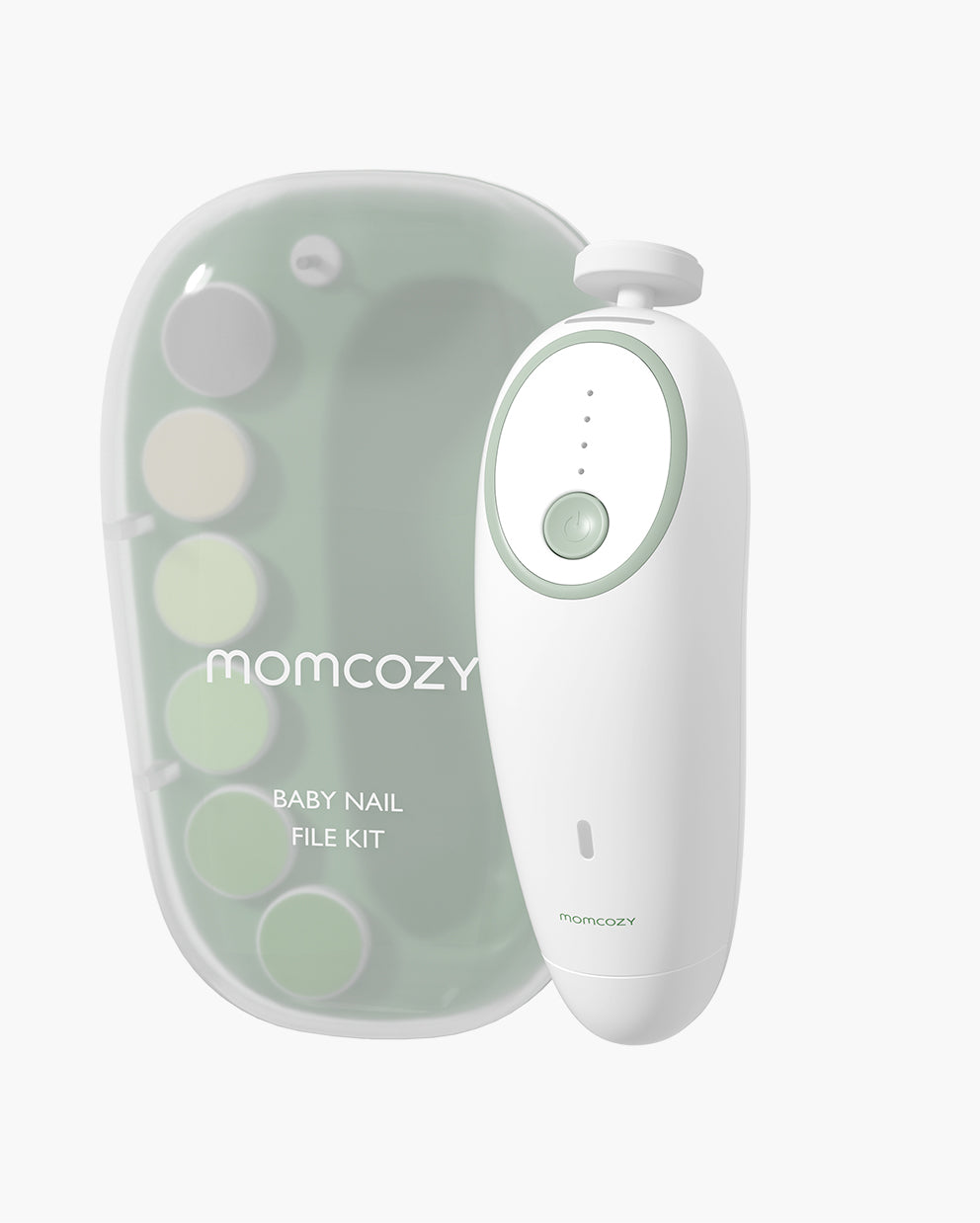

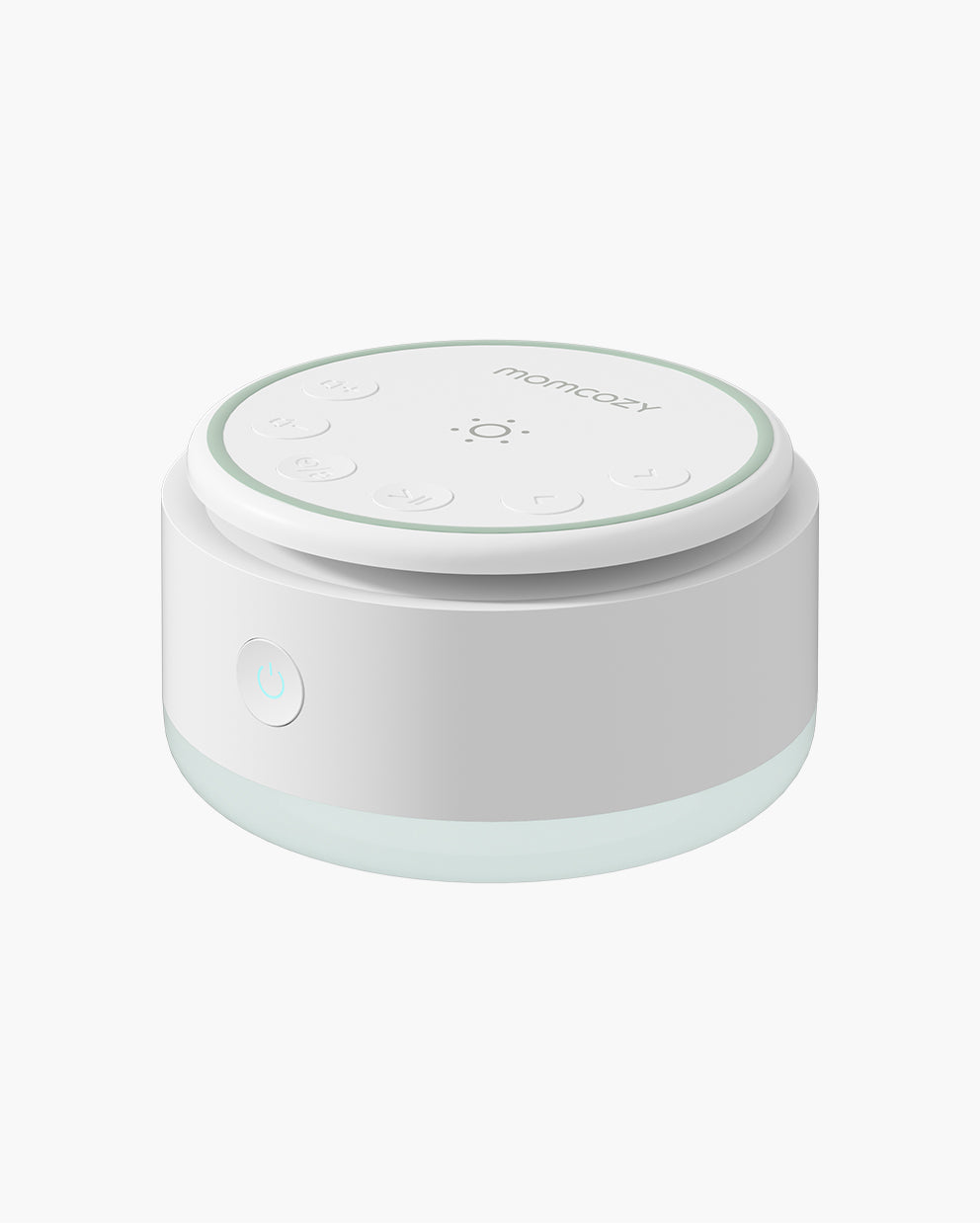

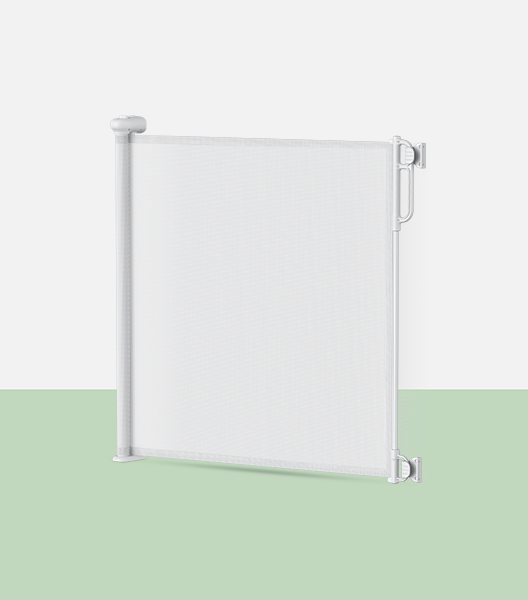

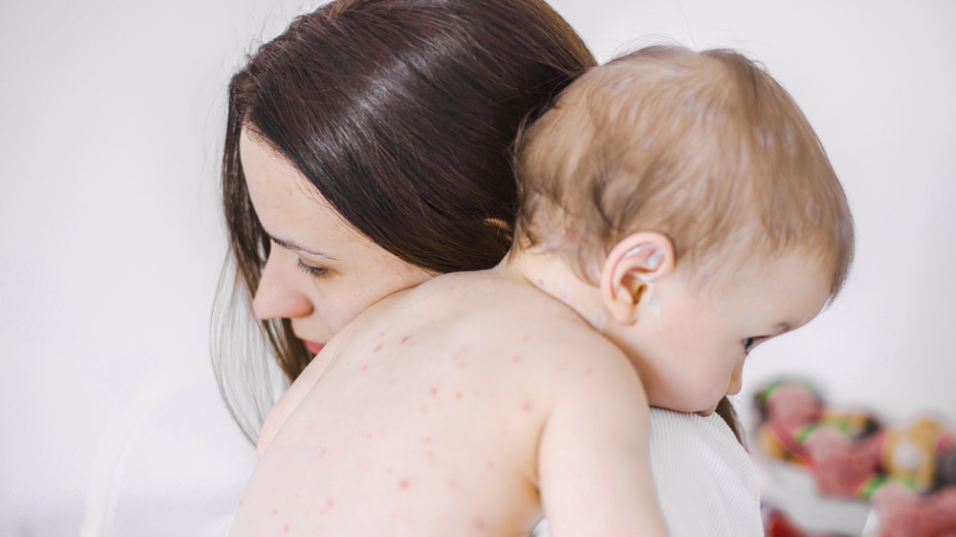
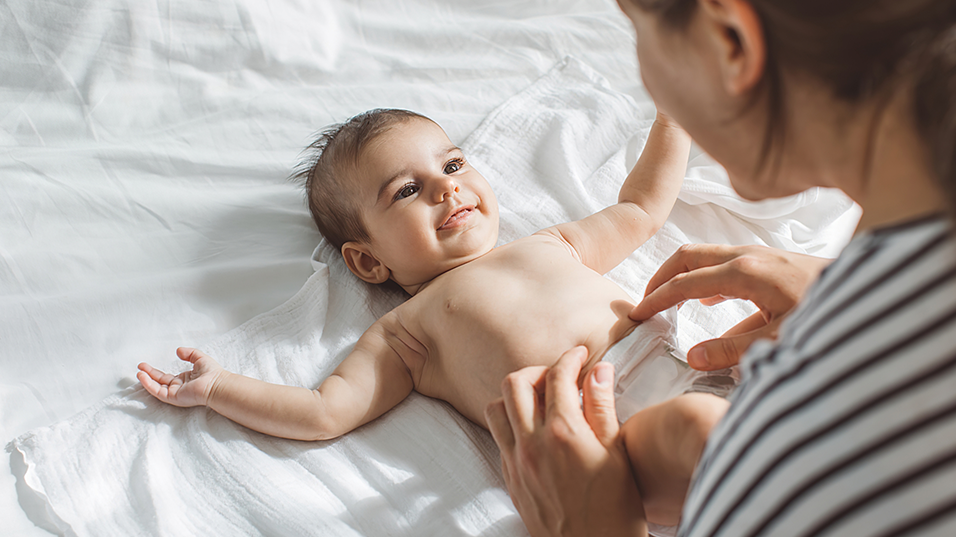
Leave a comment
This site is protected by hCaptcha and the hCaptcha Privacy Policy and Terms of Service apply.